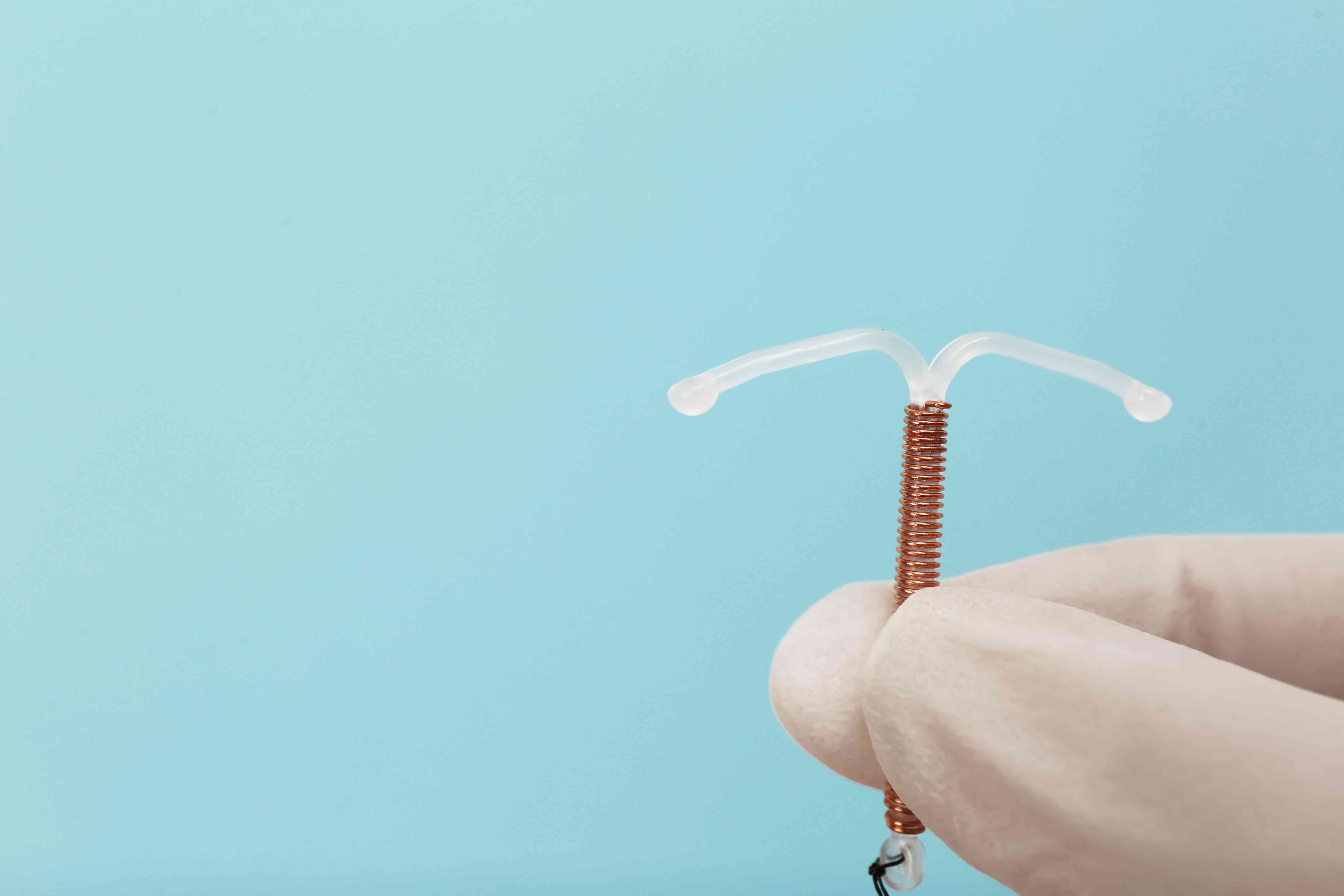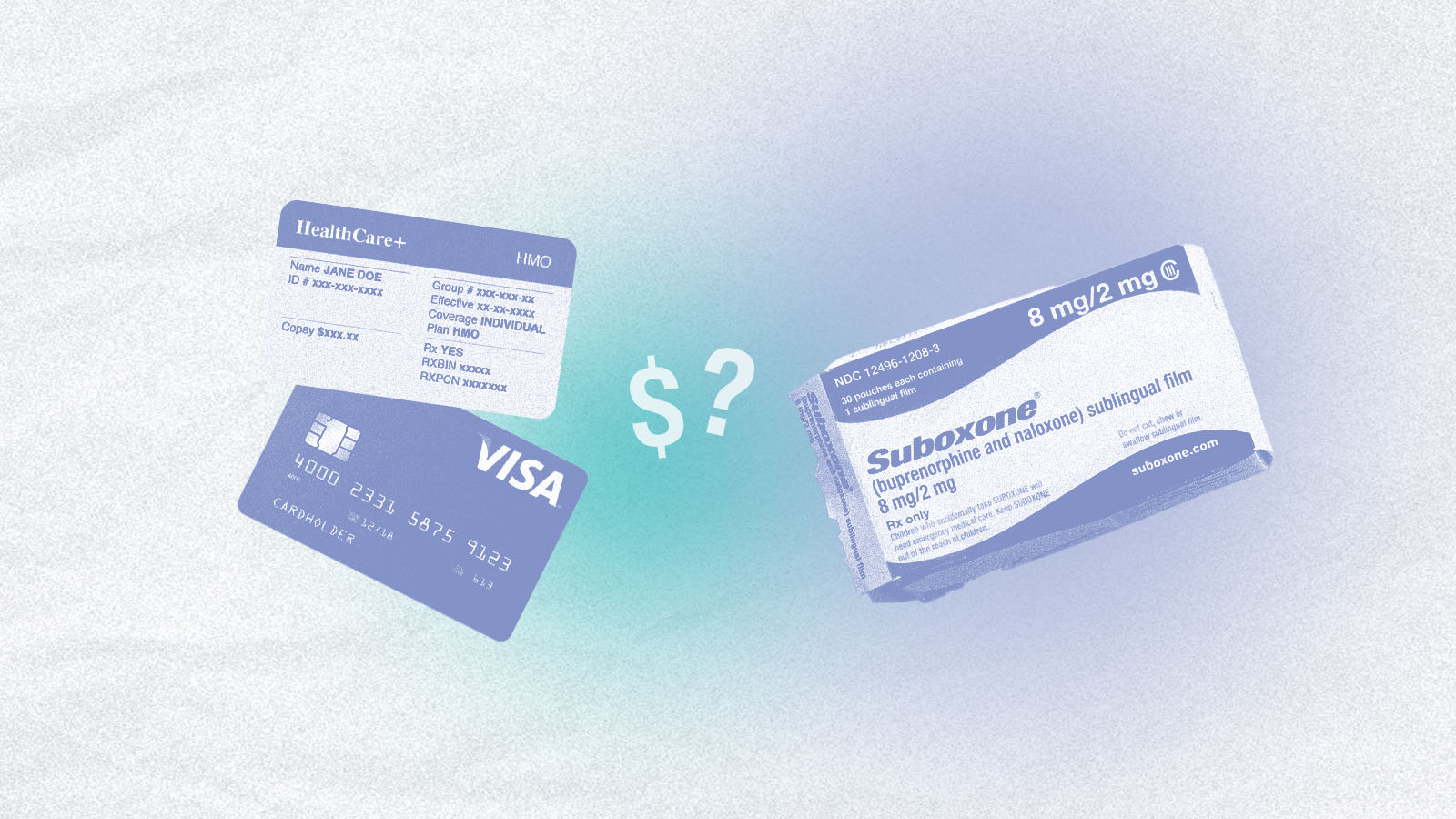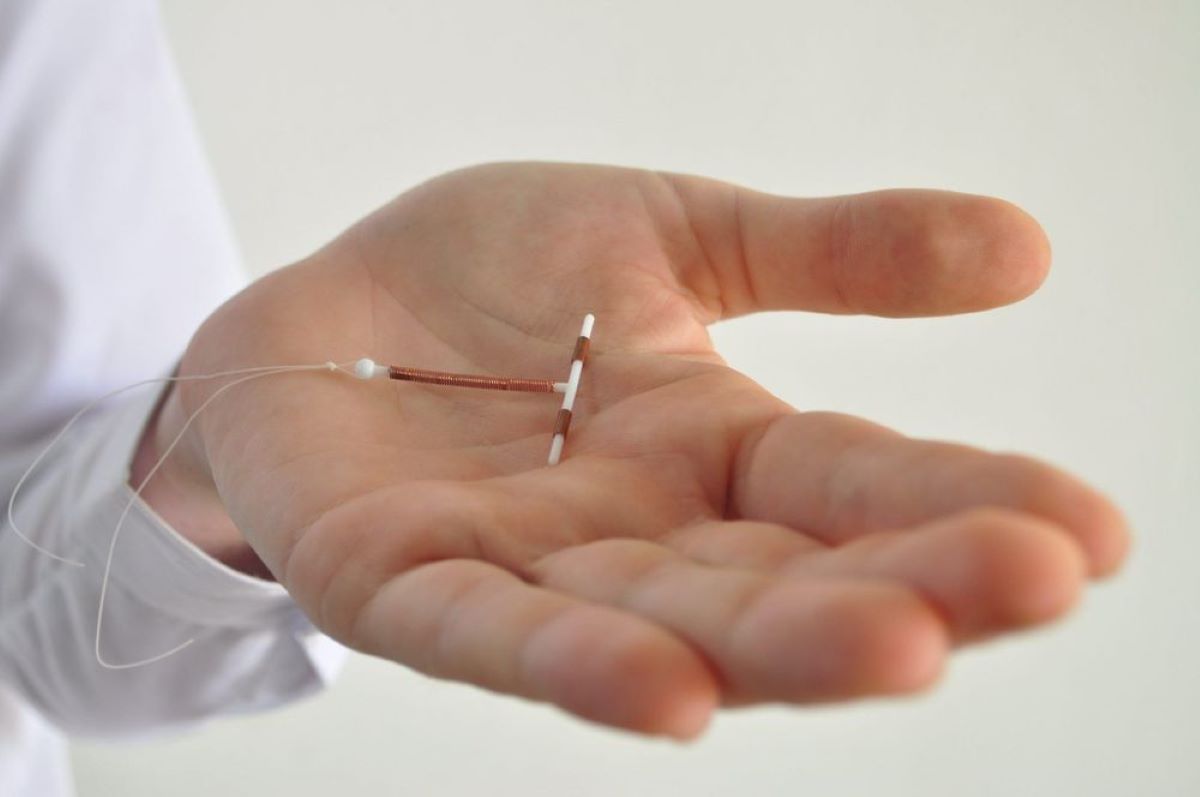

Finance
How Much Is An IUD Without Insurance?
Published: November 6, 2023
Discover how much an IUD costs without insurance and find smart financial options for covering this essential birth control method. Take charge of your finance today!
(Many of the links in this article redirect to a specific reviewed product. Your purchase of these products through affiliate links helps to generate commission for LiveWell, at no extra cost. Learn more)
Table of Contents
Introduction
Birth control methods are essential for individuals who want to prevent unwanted pregnancies. One highly effective form of birth control is the intrauterine device (IUD). It is a small T-shaped device that is inserted into the uterus by a healthcare professional. IUDs are a popular choice among women due to their convenience and long-term effectiveness.
However, the cost of an IUD can be a concern for individuals without insurance coverage. Without insurance, the out-of-pocket expenses for an IUD can vary significantly, making it important to understand the different factors that contribute to the cost. In this article, we will explore how much an IUD costs without insurance and discuss affordable options for obtaining one.
Before diving into the cost, let’s understand the different types of IUDs available in the market. There are two main types: hormonal and non-hormonal. Hormonal IUDs release a synthetic form of progesterone, which prevents pregnancy by thickening the cervical mucus and thinning the uterine lining. On the other hand, non-hormonal IUDs are made of copper, which creates an environment toxic to sperm, preventing fertilization.
While the cost of an IUD without insurance can be a deterrent for some, it is essential to consider the long-term benefits and cost-effectiveness. IUDs last for several years, ranging from 3 to 10 years, depending on the type. This makes them a cost-effective choice for individuals who want a reliable and low-maintenance birth control method.
Now that we have a basic understanding of IUDs and the benefits they offer, let’s dive into the specific cost factors associated with obtaining an IUD without insurance.
Understanding IUDs
Intrauterine devices (IUDs) are a highly effective form of birth control. They are small, T-shaped devices that are inserted into the uterus by a healthcare provider. IUDs work by preventing fertilization of the egg or implantation of a fertilized egg into the uterine lining, depending on the type.
There are two main types of IUDs: hormonal and non-hormonal.
Hormonal IUDs release small amounts of progestin, a synthetic form of progesterone, into the uterus. This hormone thickens the cervical mucus, making it difficult for sperm to reach the egg. It also thins the uterine lining, which can prevent implantation if fertilization does occur. Examples of hormonal IUDs include Mirena, Skyla, Liletta, and Kyleena.
Non-hormonal IUDs, also known as copper IUDs, do not contain hormones. Instead, they are made of copper wire or copper sleeves. Copper is known to be toxic to sperm, preventing pregnancy by inhibiting sperm movement and fertilization. Non-hormonal IUDs have the added benefit of being an effective emergency contraception option when inserted within a certain timeframe after unprotected intercourse. The most common non-hormonal IUD is ParaGard.
Both hormonal and non-hormonal IUDs offer advantages and considerations. Hormonal IUDs are often associated with lighter periods and reduced menstrual cramps, making them a popular choice for individuals who experience heavy or painful periods. Non-hormonal IUDs, on the other hand, may lead to heavier and longer periods, which can be a drawback for some individuals.
It’s important to note that IUDs do not protect against sexually transmitted infections (STIs). If STI protection is needed, it is recommended to use additional barrier methods, such as condoms, alongside an IUD.
IUDs are generally safe and well-tolerated, but they are not suitable for everyone. Women with certain medical conditions, such as active pelvic infection or unexplained vaginal bleeding, may not be eligible for an IUD. It is always best to consult with a healthcare provider to determine if an IUD is the right choice based on individual health factors.
Having a clear understanding of how IUDs work and the differences between hormonal and non-hormonal options is essential when considering the best birth control method for your needs. Now, let’s explore the cost of obtaining an IUD without insurance.
The Cost of an IUD Without Insurance
The cost of an IUD without insurance can vary depending on several factors, including the type of IUD and where it is obtained. On average, without insurance, the cost of an IUD can range from $500 to $1,300. This includes the cost of the device itself, as well as the insertion procedure by a healthcare professional.
It’s important to note that this cost is an estimate and can be higher or lower depending on various factors such as geographical location, healthcare provider fees, and clinic or hospital charges. Additionally, the cost may vary between hormonal and non-hormonal IUDs.
While this may seem like a significant investment upfront, it’s essential to consider the long-term benefits and cost-effectiveness of an IUD. Unlike other forms of birth control, such as oral contraceptives or condoms, IUDs can last for several years, ranging from 3 to 10 years, depending on the type. This means that the total cost is spread out over a longer period, making it a cost-effective option in the long run.
Some clinics and healthcare providers may offer sliding-scale fees based on income or have financial assistance programs to help individuals with the cost of an IUD. It’s worth researching local clinics or family planning centers in your area to inquire about any available programs or discounts.
Additionally, it’s important to explore whether insurance coverage is an option. While not all insurance plans cover the full cost of an IUD, many plans provide some level of coverage. It’s advisable to contact your insurance provider to learn about your specific coverage and any out-of-pocket expenses you may incur.
If you do not have insurance coverage or need an alternative option, several organizations and programs offer discounted or low-cost IUDs. Family planning clinics, such as Planned Parenthood, may offer reduced fees based on income or have financial assistance programs available. Some state-funded programs also provide free or low-cost reproductive health services, including IUDs.
Understanding the cost of an IUD without insurance is crucial when considering this contraceptive method. While the upfront expenses may be higher, the long-term benefits and cost-effectiveness make it a viable option for many individuals. Now, let’s explore the factors that can affect the cost of an IUD without insurance.
Factors Affecting the Cost
The cost of an IUD without insurance can be influenced by several factors. Understanding these factors can help individuals navigate their options and make informed decisions about their contraceptive choices.
1. Type of IUD: The cost of an IUD can differ depending on whether it is a hormonal or non-hormonal option. Hormonal IUDs tend to be more expensive due to the added cost of the synthetic hormone and the technology involved in their production.
2. Healthcare Provider Fees: The cost of the IUD insertion procedure can vary between healthcare providers. Different clinics and hospitals may have different fee structures, so it is advisable to compare costs and inquire about any potential discounts or payment plans.
3. Geographic Location: Prices for IUDs can vary depending on the geographical location. Urban areas tend to have more healthcare providers and clinics, leading to increased competition and potentially lower prices. On the other hand, rural areas may have fewer providers, resulting in higher costs.
4. Clinic or Hospital Charges: The facilities where the IUD insertion takes place may have additional charges beyond the healthcare provider’s fees. Facility fees, lab tests, anesthesia, and follow-up visits can contribute to the overall cost. It is important to inquire about all potential costs involved to avoid any unexpected financial burdens.
5. Additional Services: Some individuals may need additional services alongside the IUD, such as STI testing or a pregnancy test. These extra services can increase the overall cost, so it’s important to account for them when considering the total expense.
6. Financial Assistance and Programs: As mentioned earlier, some clinics and healthcare providers offer financial assistance programs or sliding-scale fees based on income. Exploring these options can help reduce the cost of obtaining an IUD without insurance. Additionally, state-funded programs and organizations may provide free or low-cost IUDs to individuals who meet specific criteria.
It is essential to research and discuss these factors with healthcare providers and clinics to understand the total cost and any available options for making the IUD more affordable. While the cost can be a consideration, it’s important to weigh it against the long-term benefits and effectiveness of an IUD as a contraceptive method.
Now that we have explored the factors influencing the cost, let’s discuss affordable options for obtaining an IUD without insurance.
Affordable Options for IUDs Without Insurance
For individuals without insurance coverage, there are several affordable options to consider when obtaining an IUD. These options can help reduce or eliminate the upfront costs associated with this form of contraception.
1. Family Planning Clinics: Family planning clinics, such as Planned Parenthood, offer reproductive health services, including IUD insertion, at reduced fees based on income. These clinics often have sliding-scale payment options or financial assistance programs in place to make IUDs more accessible and affordable.
2. State-Funded Programs: Some states have programs that provide free or low-cost reproductive health services, including IUDs, to individuals who meet specific income or eligibility criteria. These programs are designed to ensure that contraception remains accessible to those who need it the most. Research and inquire about the availability of such programs in your state.
3. Non-Profit Organizations: Certain non-profit organizations focus on providing reproductive health services and contraception to underserved populations. These organizations may offer discounted or low-cost IUDs to individuals without insurance. Research local non-profit organizations in your area that specialize in sexual and reproductive health to explore your options.
4. Patient Assistance Programs: Some pharmaceutical companies offer patient assistance programs that provide financial assistance or discounts for prescribed medications, including IUDs. These programs are intended to help individuals who cannot afford the full cost of their medications. Check with the manufacturer of the specific IUD you are interested in to see if they offer any patient assistance programs.
5. Prescription Savings Programs: There are various prescription discount programs available that can significantly lower the cost of medications and medical devices, including IUDs. These programs provide discounts at participating pharmacies and can be utilized for obtaining an IUD at a reduced cost. Conduct online research to find reputable and reliable prescription savings programs in your area.
It’s important to remember that cost should not be the sole determining factor when choosing the right contraception method. Consider the long-term benefits, effectiveness, and suitability of an IUD for your individual needs and preferences. Discussing your options with healthcare providers, family planning clinics, and organizations specializing in reproductive health can provide valuable guidance in finding affordable ways to obtain an IUD without insurance.
Now, let’s conclude our discussion on the cost of an IUD without insurance.
Conclusion
Obtaining an intrauterine device (IUD) without insurance may seem daunting due to the potential costs involved. However, it’s essential to weigh the upfront expenses against the long-term benefits and cost-effectiveness that an IUD offers. Despite the initial investment, an IUD can be a cost-effective birth control option in the long run.
The cost of an IUD without insurance can vary depending on factors such as the type of IUD, healthcare provider fees, geographical location, and additional services. It’s crucial to research and compare costs to find the most affordable options available.
Affordable options for obtaining an IUD without insurance include family planning clinics, state-funded programs, non-profit organizations, patient assistance programs, and prescription savings programs. These resources can help reduce or eliminate the upfront costs associated with getting an IUD.
While cost is a consideration, it’s important to prioritize the effectiveness and suitability of an IUD as a contraceptive method. Consultation with healthcare providers, family planning clinics, and organizations specializing in reproductive health can provide valuable information and assistance when exploring affordable options.
Remember, an IUD offers long-term protection, ranging from 3 to 10 years, depending on the type. This makes it a convenient and low-maintenance birth control option for individuals seeking reliable pregnancy prevention.
Whether you choose a hormonal or non-hormonal IUD, understanding the cost factors and exploring affordable options can help you make an informed decision about your contraceptive needs. By considering the long-term benefits and finding resources to make an IUD more accessible, you can take control of your reproductive health without insurance coverage.
Always consult with healthcare professionals to determine the best contraceptive option for your specific needs and individual circumstances. Your sexual and reproductive health is important, and with the right information and resources, you can make empowered decisions.














